"With the rapid development of technology, various cutting-edge technologies are gradually permeating into all aspects of our lives, among which the application of high technology in the field of rehabilitation medicine is particularly noteworthy.
As an emerging technology in this field, the innovative application of 3D foot scanners in orthotic design has brought good news to numerous patients in need of rehabilitation treatment.
I. 3D Foot Scanner: Precise Measurement, Customization
Traditional foot measurement methods often rely on the experience and tactile sense of doctors, making it difficult to ensure the accuracy and precision of measurements.
The emergence of 3D foot scanners has completely changed this situation. By using advanced optical principles and image processing technology, it can quickly and accurately obtain three-dimensional data of the patient's foot in a short time.
These data not only include basic information such as the length, width, and height of the foot but also capture subtle features such as the curvature and concavity of the foot.
With this precise data, orthotic designers can carry out personalized orthotic designs according to the individual differences of patients.
In this way, orthotics not only fit the actual needs of patients more closely but also effectively improve the rehabilitation effect, reducing the risk of secondary injuries caused by inappropriate orthotics.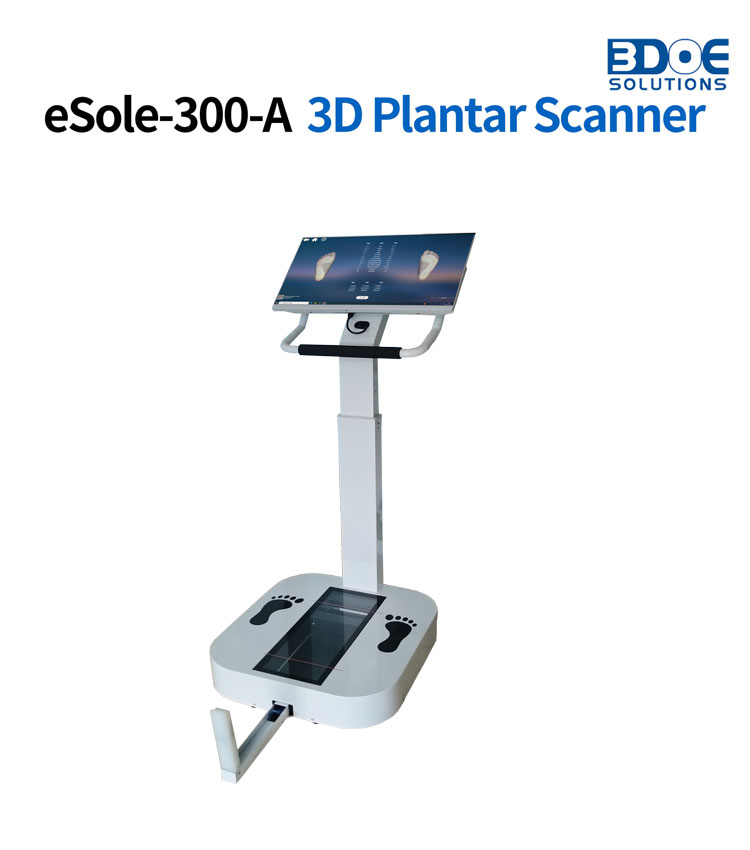
II. Innovative Application: One-stop Solution from Design to Production
The innovative application of 3D foot scanners in orthotic design not only lies in precise measurement and customization but also in providing a one-stop solution for orthotic designers.
From initial design to final production, 3D foot scanners can play a significant role.
In the design stage, designers can use the scanned three-dimensional data to simulate and simulate orthotics.
In this way, designers can preview the actual effect of orthotics on the computer in advance, thus carrying out targeted optimization and improvement.
This not only greatly improves the design efficiency but also effectively reduces resource waste caused by unreasonable designs.
In the production stage, 3D foot scanners also play an important role. The three-dimensional data obtained by scanning can be directly used for the numerical control processing of orthotics. In this way, the production process of orthotics is more accurate and efficient, greatly improving production efficiency and quality.
III. Future Prospects: Intelligent, Networked, Assisting Rehabilitation Treatment
With the continuous development of technology, the application of 3D foot scanners in orthotic design will also usher in broader prospects. In the future, we can expect 3D foot scanners to achieve more intelligent and networked functions.
In terms of intelligence, 3D foot scanners can achieve automatic analysis and diagnosis through integration with big data, artificial intelligence, and other technologies. In this way, doctors can understand the patient's condition and needs more quickly and accurately, thus formulating more personalized rehabilitation treatment plans.
In terms of networking, 3D foot scanners can realize remote data transmission and sharing. In this way, doctors can view the patient's foot data remotely at any time and conduct remote diagnosis and treatment. This not only greatly facilitates patients but also effectively alleviates the problem of the shortage of medical resources.
The innovative application of 3D foot scanners in orthotic design has brought revolutionary changes to the field of rehabilitation treatment. It not only improves the accuracy and personalization of orthotics but also provides doctors with a more efficient and convenient way of working. With the continuous development of technology, we have reason to believe that 3D foot scanners will play a more important role in future rehabilitation treatments."

 +86-0755-86131192
+86-0755-86131192 2024-04-29
2024-04-29 Back to list
Back to list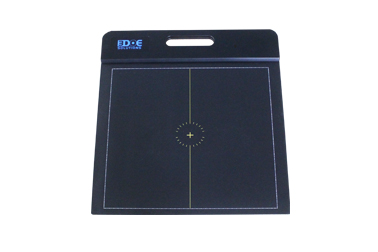
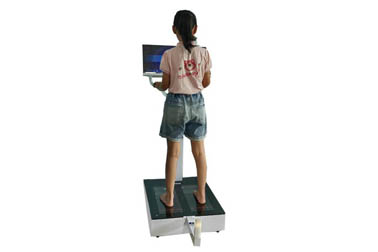
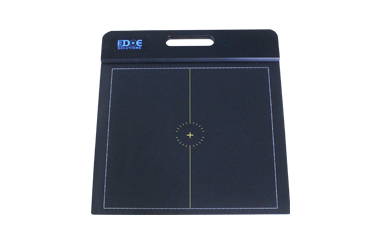
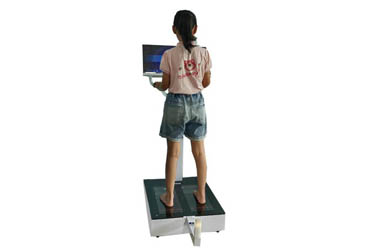
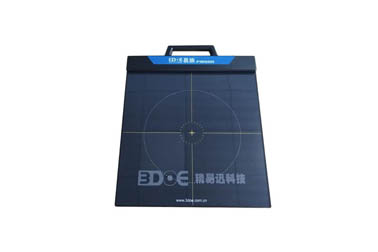
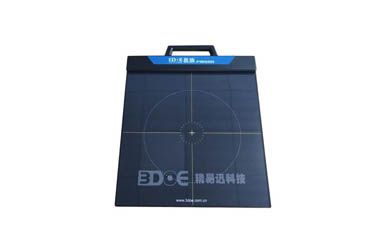



 +86-0755-86131192
+86-0755-86131192